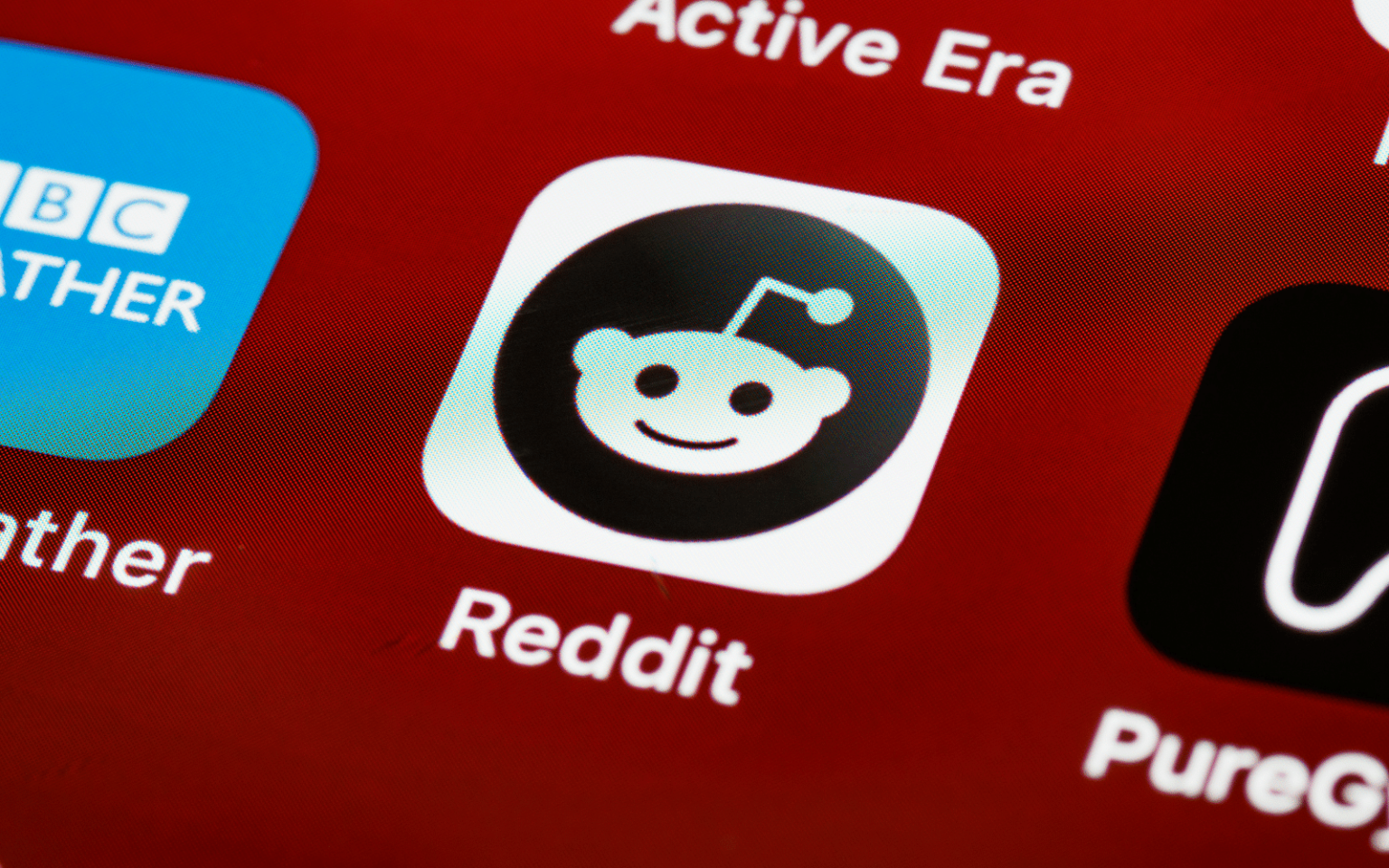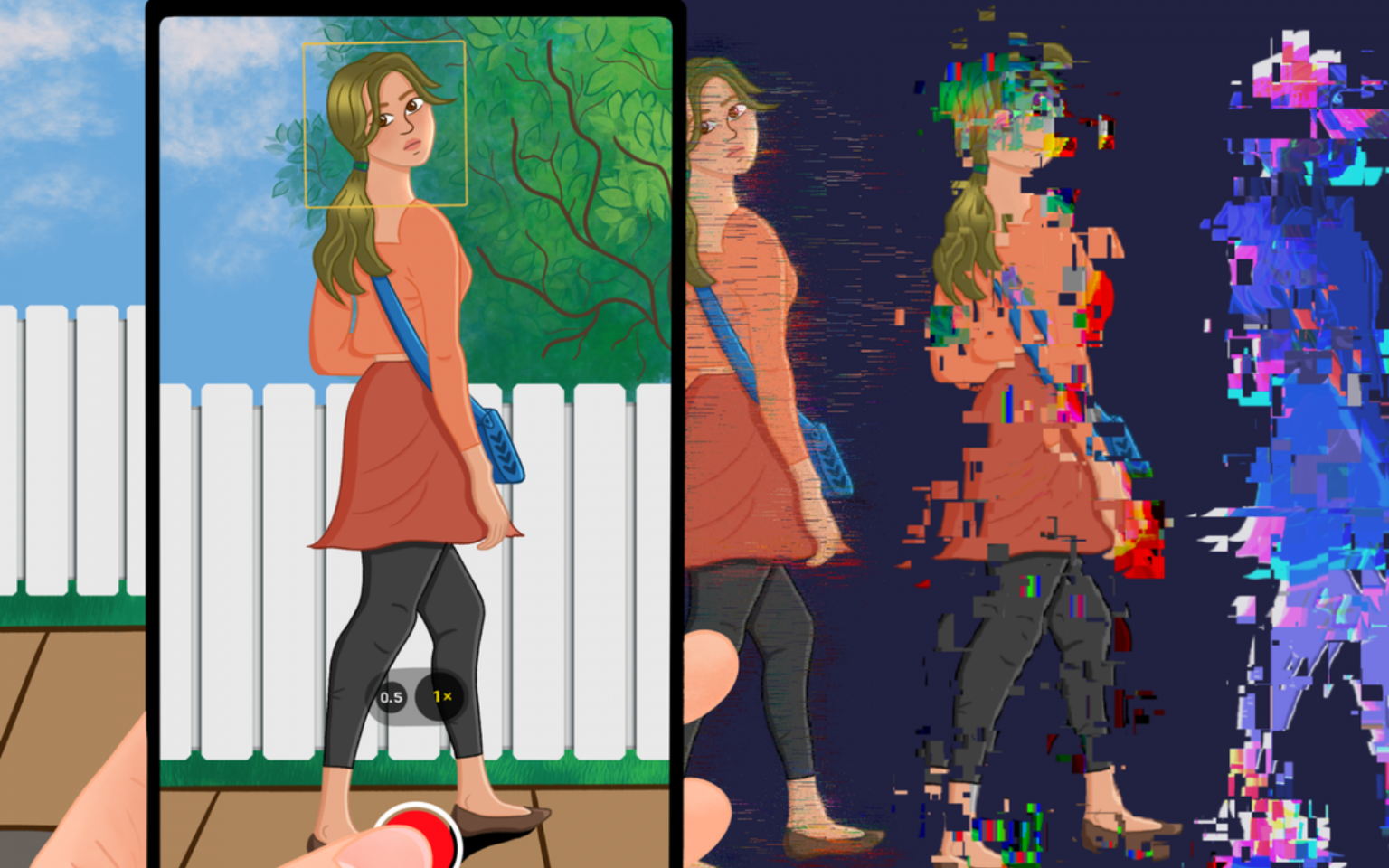People who aren’t legal experts are more willing to rely on legal advice provided by ChatGPT than by real lawyers – at least, when they don’t know which of the two provided the advice. That’s the key finding of our new research, which highlights some important concerns about the way the public increasingly relies on AI-generated content. We also found the public has at least some ability to identify whether the advice came from ChatGPT or a human lawyer. AI tools like ChatGPT and other large language models (LLMs) are making their way into our everyday life. They promise to provide…
Author: The Conversation
Whether you’re using AI to write cover letters, grade papers or draft ad campaigns, you might want to think twice about telling others. That simple act of disclosure can make people trust you less, our new peer-reviewed article found. As researchers who study trust, we see this as a paradox. After all, being honest and transparent usually makes people trust you more. But across 13 experiments involving more than 5,000 participants, we found a consistent pattern: Revealing that you relied on AI undermines how trustworthy you seem. Participants in our study included students, legal analysts, hiring managers and investors, among others. Interestingly, we…
Mental health services around the world are stretched thinner than ever. Long wait times, barriers to accessing care and rising rates of depression and anxiety have made it harder for people to get timely help. As a result, governments and healthcare providers are looking for new ways to address this problem. One emerging solution is the use of AI chatbots for mental health care. A recent study explored whether a new type of AI chatbot, named Therabot, could treat people with mental illness effectively. The findings were promising: not only did participants with clinically significant symptoms of depression and anxiety benefit, those at high-risk for eating disorders also showed improvement. While early,…
When you put your hand out the window of a moving car, you feel a force pushing against you called drag. This force opposes a moving vehicle, and it’s part of the reason why your car naturally slows to a stop if you take your foot off the gas pedal. But drag doesn’t just slow down cars. Aerospace engineers are working on using the drag force in space to develop more fuel-efficient spacecraft and missions, deorbit spacecraft without creating as much space junk, and even place probes in orbit around other planets. Space is not a complete vacuum − at least not all…
Driven by advances in artificial intelligence (AI) and metaverse technologies, digital clones are transforming fast-fashion marketing. Always available, ageless and adaptable to any setting, these virtual figures enable brands to create immersive, cost-effective campaigns that resonate with today’s digital-first consumers. Virtual influencers — digitally created personas used to provide entertainment, generate content and endorse brands — are becoming increasingly influential, especially among Gen Z and digital-first audiences. These virtual figures vary in form: some, like Lil Miquela and Shudu, are entirely computer-generated, while others, such as Hatsune Miku, incorporate human elements like voice or motion. Hybrid influencers blend real and virtual components, allowing for brand-specific customisation.…
In today’s fractured online landscape, it is harder than ever to identify harmful actors such as trolls and misinformation spreaders. Often, efforts to spot malicious accounts focus on analysing what they say. However, our latest research suggests we should be paying more attention to what they do – and how they do it. We have developed a way to identify potentially harmful online actors based solely on their behavioural patterns – the way they interact with others – rather than the content they share. We presented our results at the recent ACM Web Conference, and were awarded Best Paper. Beyond looking at what people say…
I’m a writing professor who sees artificial intelligence as more of an opportunity for students, rather than a threat. That sets me apart from some of my colleagues, who fear that AI is accelerating a glut of superficial content, impeding critical thinking and hindering creative expression. They worry that students are simply using it out of sheer laziness or, worse, to cheat. Perhaps that’s why so many students are afraid to admit that they use ChatGPT. In The New Yorker magazine, historian D. Graham Burnett recounts asking his undergraduate and graduate students at Princeton whether they’d ever used ChatGPT. No one raised…
Last week, Meta – the parent company of Facebook, Instagram, Threads and WhatsApp – unveiled a new “personal artificial intelligence (AI)”. Powered by the Llama 4 language model, Meta AI is designed to assist, chat and engage in natural conversation. With its polished interface and fluid interactions, Meta AI might seem like just another entrant in the race to build smarter digital assistants. But beneath its inviting exterior lies a crucial distinction that transforms the chatbot into a sophisticated data harvesting tool. Three things Kara Swisher will not be partaking in: The chatbot stylings of Meta; any Tesla robotaxi; RFK Jr’s health…
An estimated 90% of the training data for current generative AI systems stems from English. However, English is an international lingua franca with about 1.5 billion speakers worldwide, and countless varieties. So whose English is today’s technology based on? The answer is primarily the English of mainstream America. This is no accident. Mainstream American English is entrenched in the digital infrastructure of the internet, in Silicon Valley’s corporate priorities, and in the data sets that fuel everything from autocorrect to AI-generated synthetic text. The consequence? AI models produce a monolithic version of English that erases variation, excludes minoritised and regional voices, and reinforces unequal power dynamics. The…
Live and on-demand video constituted an estimated 66% of global internet traffic by volume in 2022, and the top 10 days for internet traffic in 2024 coincided with live streaming events such as the Jake Paul vs. Mike Tyson boxing match and coverage of the NFL. Streaming enables seamless, on-demand access to video content, from online gaming to short videos like TikTok, and longer content such as movies, podcasts and NFL games. The defining aspect of streaming is its on-demand nature. Consider the global reach of a Joe Rogan podcast episode or the live coverage of the SpaceX Crew Dragon spacecraft launch –…










